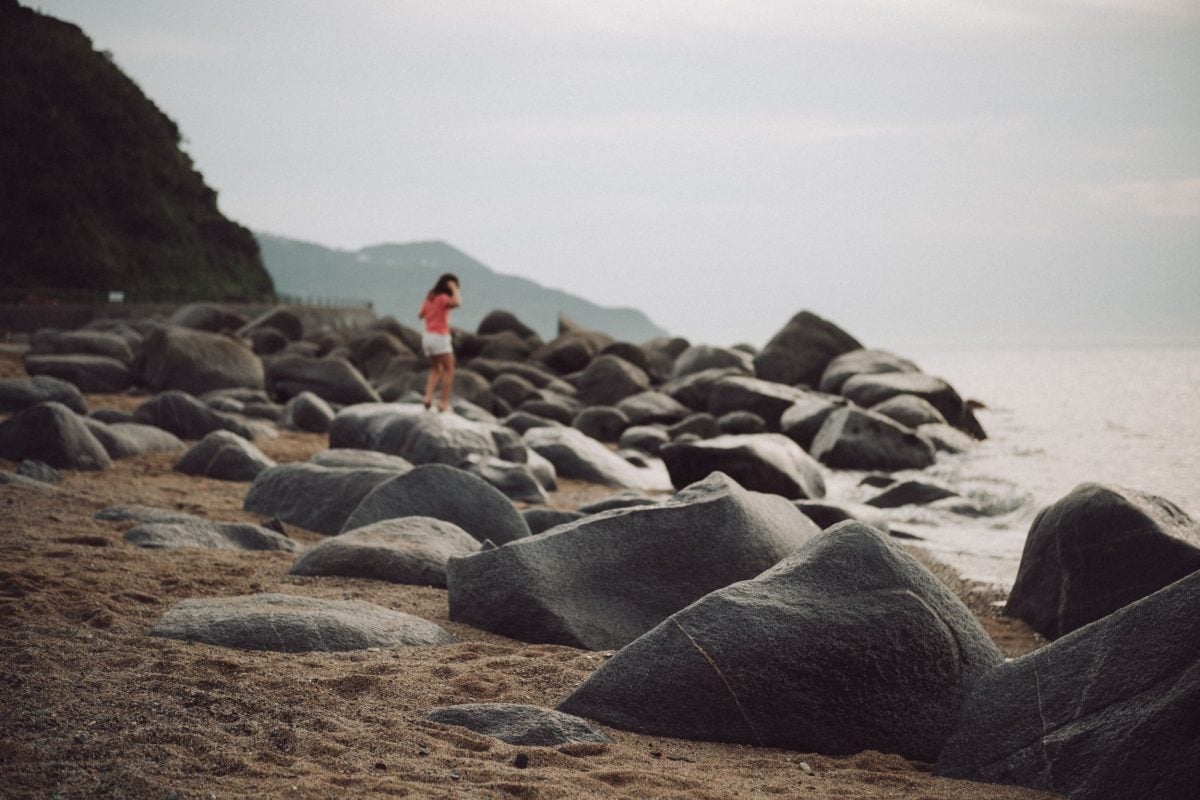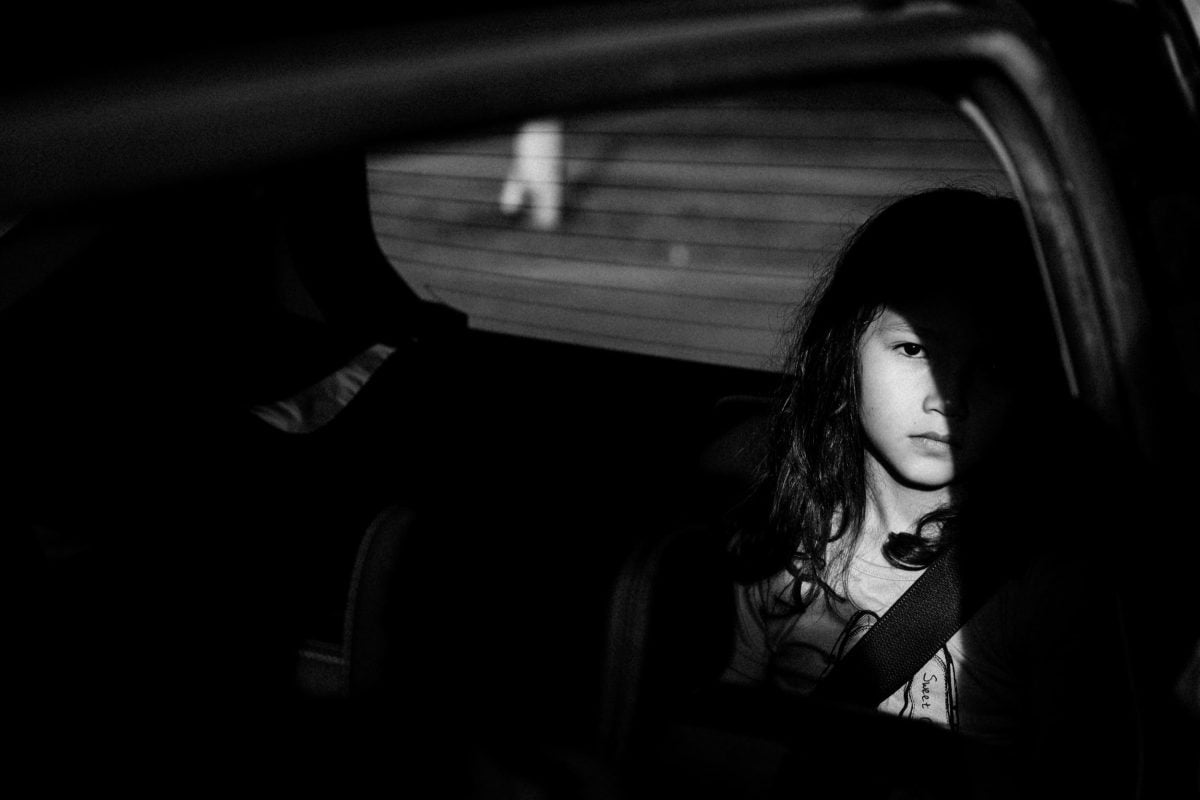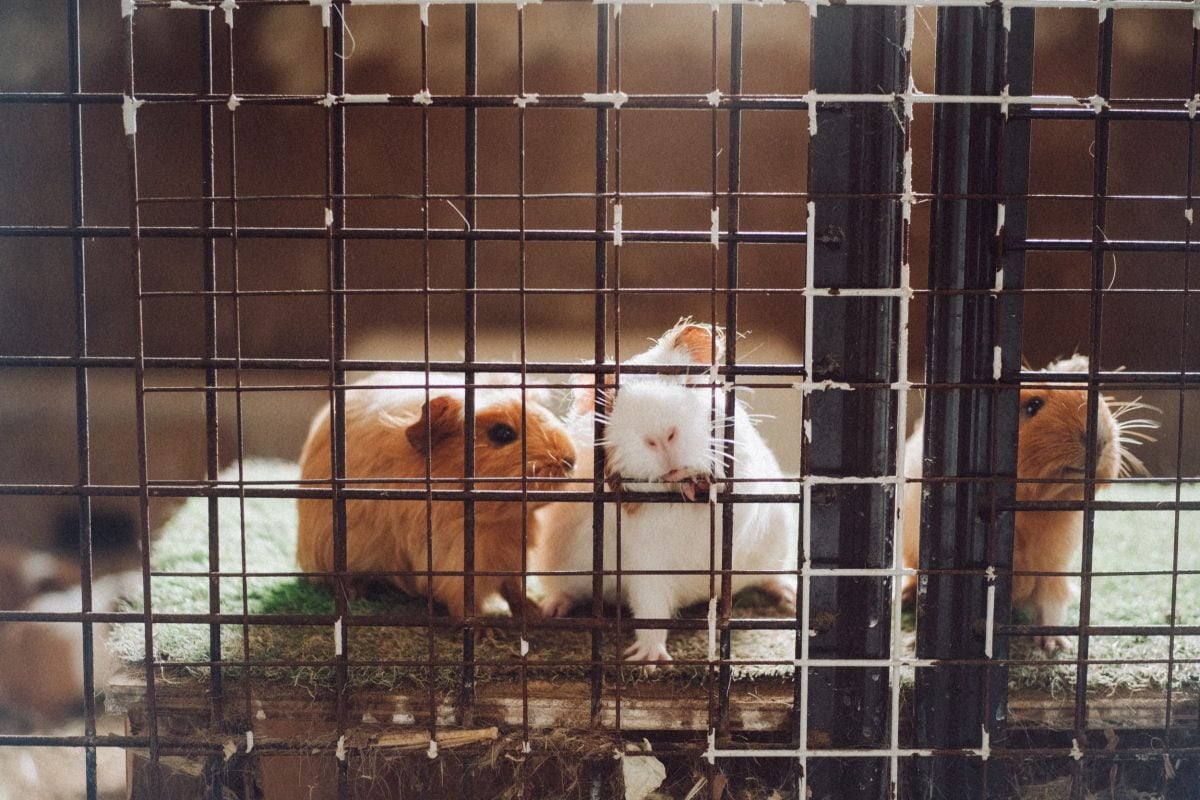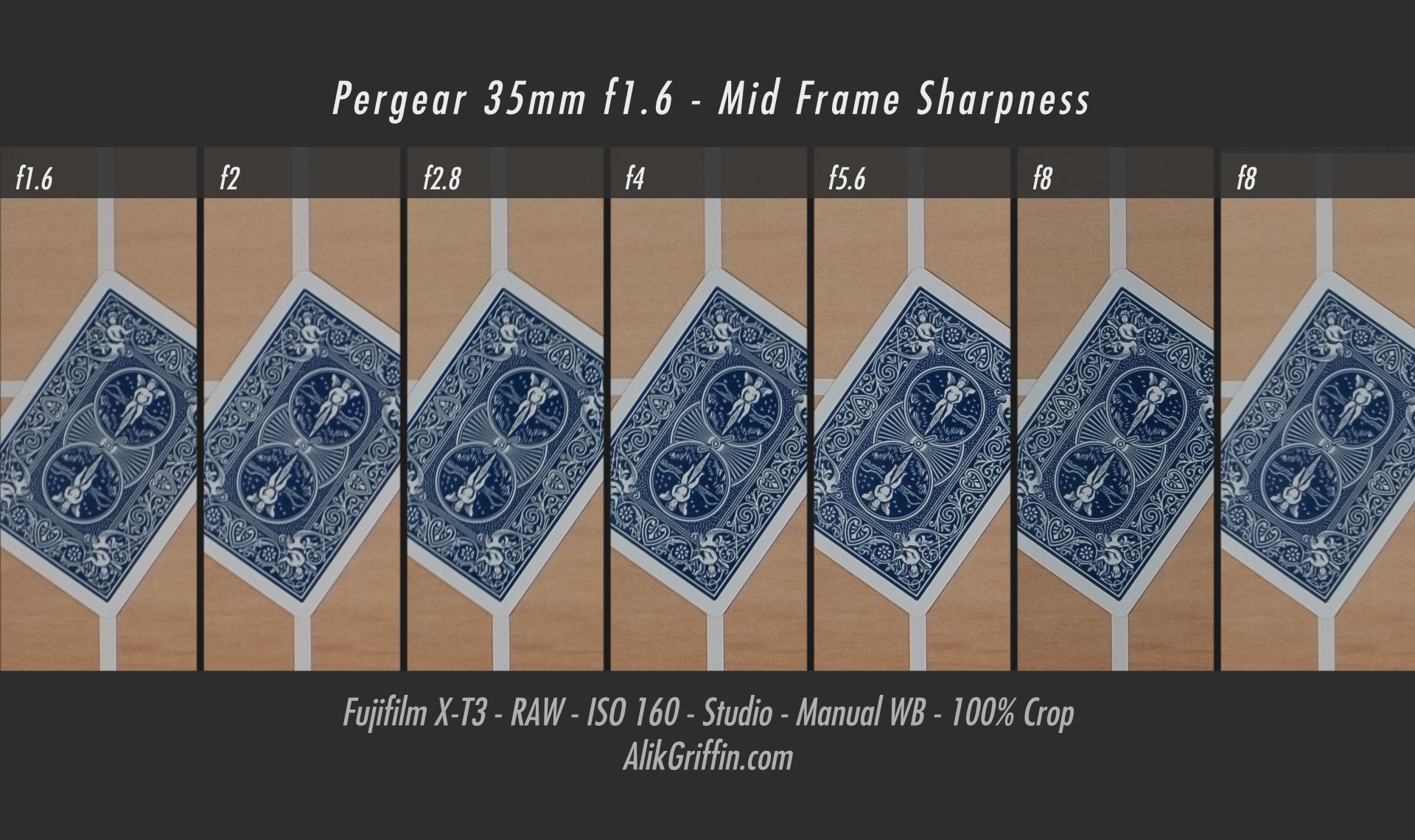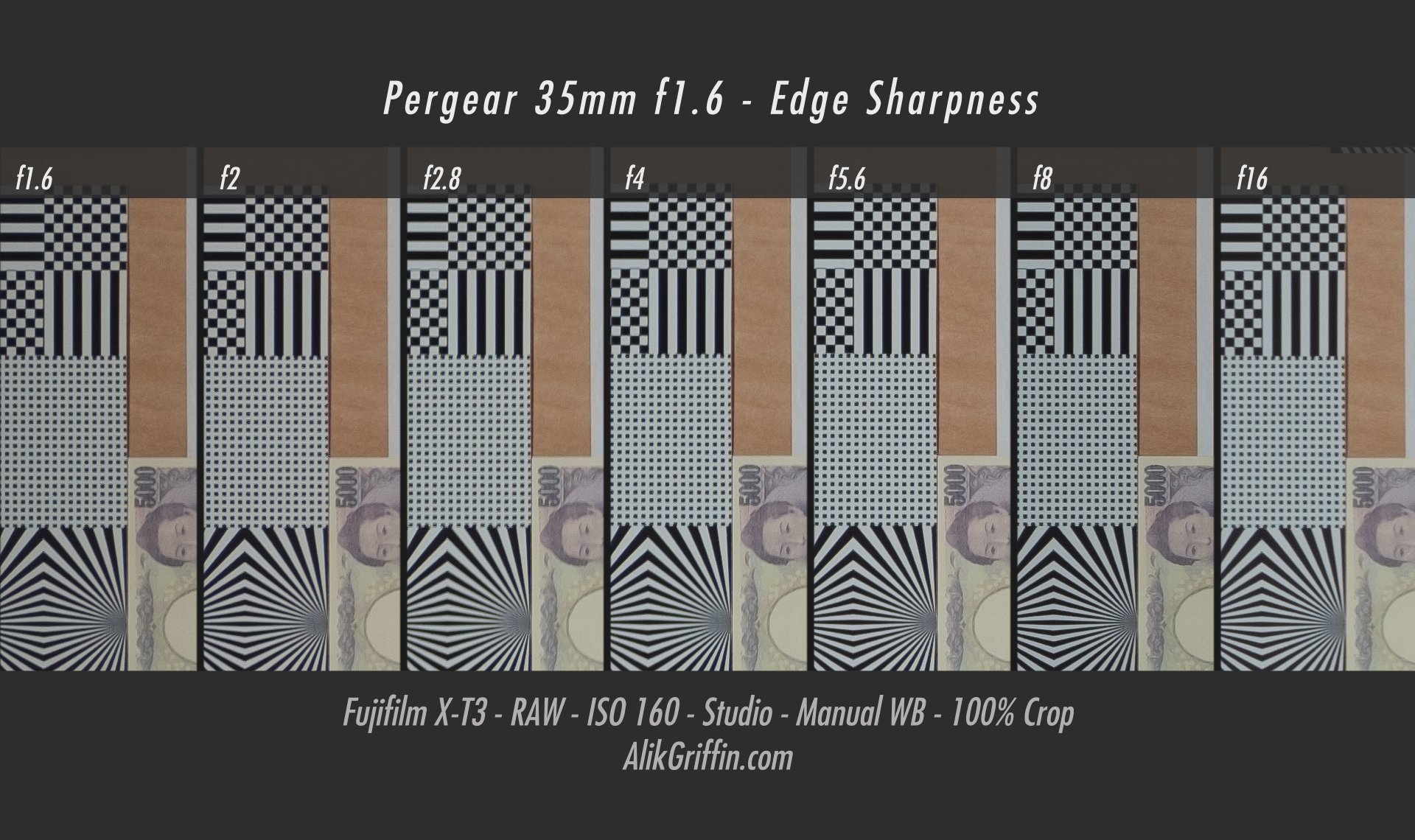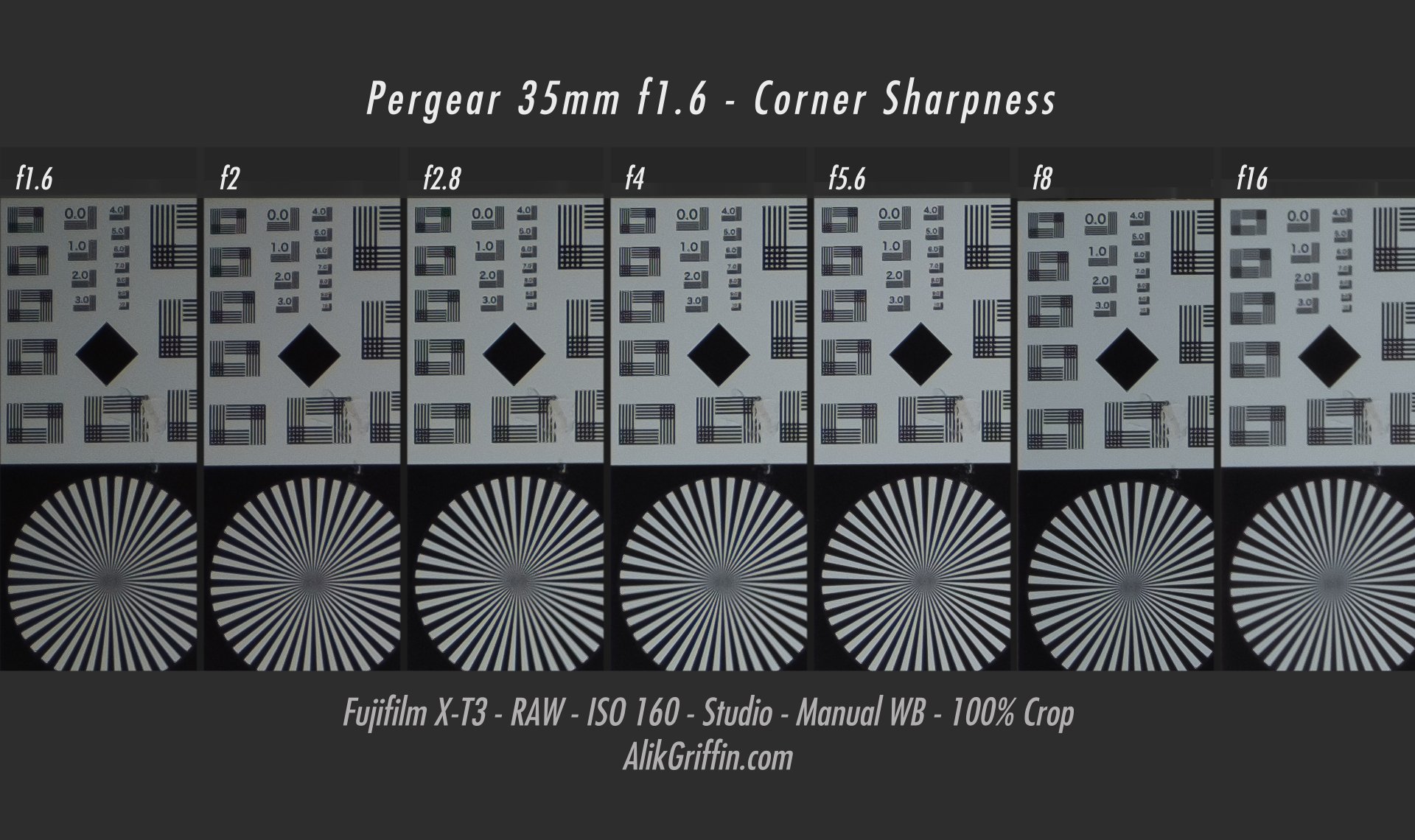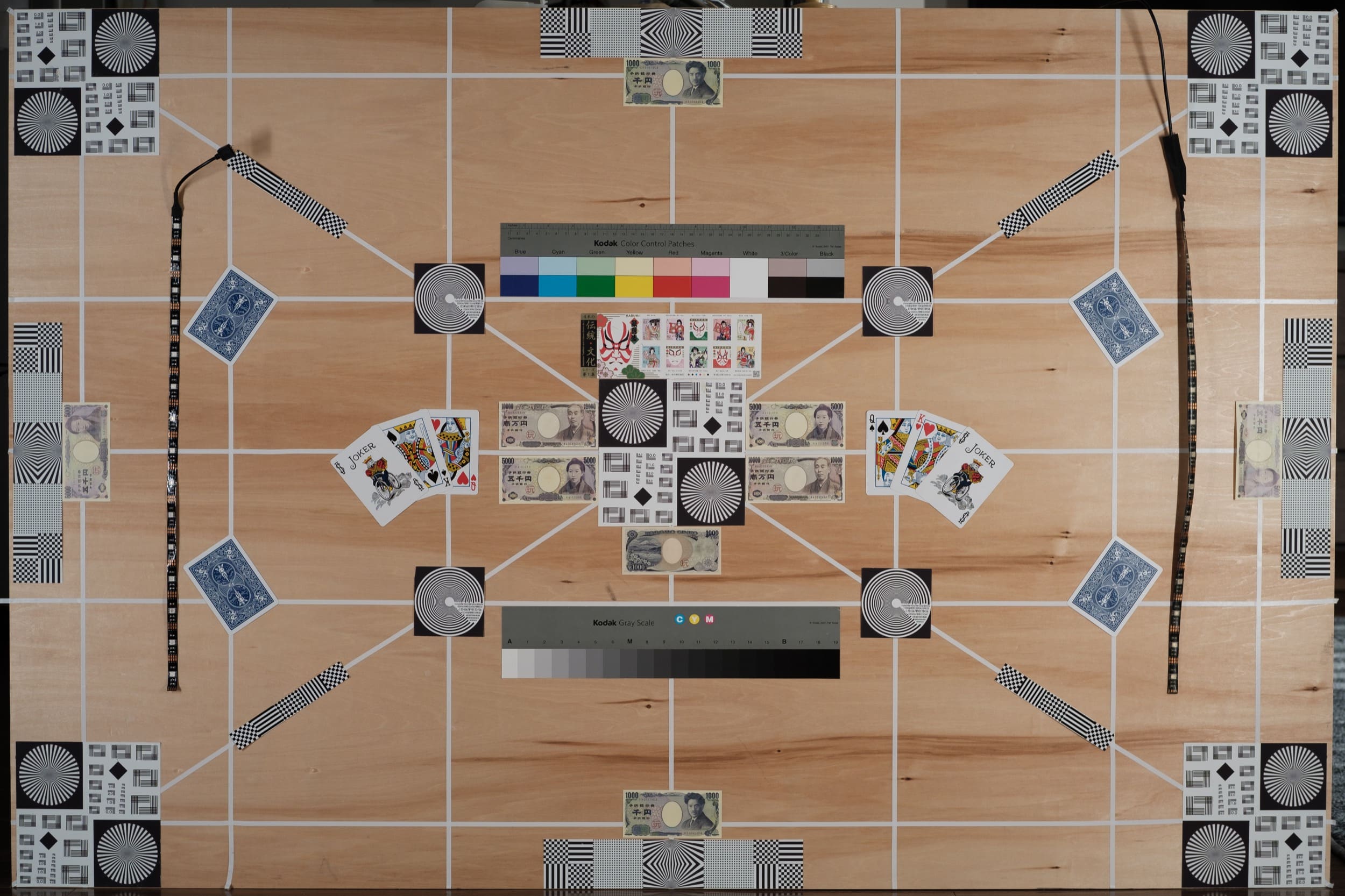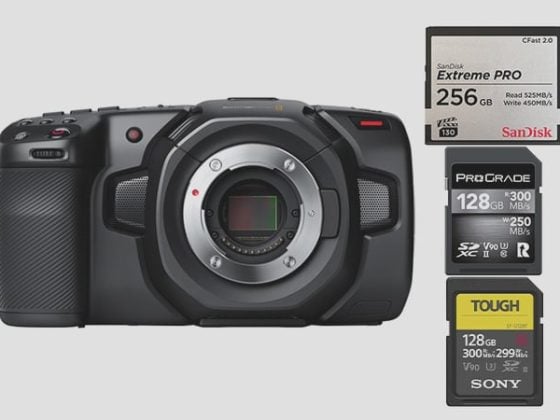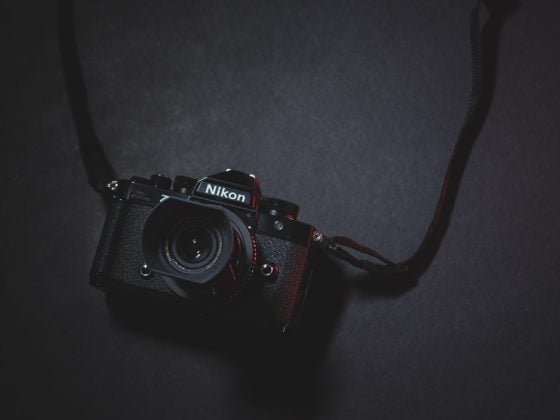The Pergear 35mm f1.6 is an all-manual metal APS-C lens that is more of a classic than a modern lens. There are many great lenses for an affordable price, and this is one of my favorites for classic rendering.
This is a review I wrote years ago but never published because I never got around to shooting product shots. But that’s ok – it’s a pretty cool lens. So here is the review!
Lens Specs
Focal Length: 35mm APS-C (52.5mm Full Frame Equiv), (70mm M43 Equiv)
Optical Formula: 6 elements 4 groups
Aperture: 10 Blade de-click aperture
Coatings: Multi-Coated
Filter Size: ø43mm
Minimum Focus Distance: 28cm
Weight: 195g
Pergear 35mm f1.6 – Amazon / Pergear
Lens Highlights:
The Pergear 35mm f1.6 is overall a very good performer for its size and budget. I would consider this what Voigtlander calls a “classic” lens, where no attempt has been made to correct for severe distortion or vignetting and chromatic aberrations; this keeps elements low to just 6, so there is less material the light has to pass through between the subject and your sensor.
The images are very rich with color, the contrast is still good, there is a ton of tonal detail ( micro-contrast ), and the bokeh is very vibrant with a pretty aggressive swirl, which it renders without feeling nervous or unceasing. Many lenses have a swirl, but it often has an unpleasing effect, not this one.
Build Quality
The Pergear 35mm f1.6 is a fairly small and light lens. It uses an all-metal construction with a chrome finish on the front barrel. The precision all feels very good, the aperture is buttery smooth and the focus is very smooth, although mine has a small grind from time to time.
The aperture is de-click.
It uses a 10-bladed aperture, and the focus throw is about 90 degrees, which is perfect for an f1.6 lens.
Of course, durability is what separates a lens like this from a higher-end Voigtlander or Zeiss. These cheaper lenses tend to wear out after just a few years, and a lot of that buttery smoothness and tight precision degrades. Or maybe not; we’ll see over the years.
Most of the Pergear lenses come with a vented lens hood. These are great to add some extra protection, although they aren’t designed with the angle of view’s geometry to help reduce flaring. These are mostly just great for added protection if you drop your camera, the vented lens hoods will buckle acting as a shock absorber.
Pergear 35mm f1.6 First Impressions
This lens kind of blew me away the first day I shot with it. So far, my favorite cheap 35mm APS-C lens was the Meike 35mm f1.7, but I like this lens more. It does everything a little bit better overall. Mainly, it just has slightly better coatings, which help when shooting in various conditions, and the build is more inspiring.
I also did a technical comparison with the Pergear 35mm f1.6 versus the TTartisan 35mm f1.4, also a great lens. Pergear beat it overall with sharpness, especially in the corners and edges, but the TTArtisan does some nice things better when it comes to controlling some important technical details like flaring which makes it a little nicer for shooting in a variety of situations. Not everyone needs or should care about corner and edge sharpness when considering a lens.
For day-to-day casual shooting, I like the classic rendering, with fewer elements for punchier tones rather than a very corrected look with more milky tones, but now we have some great options to choose from. Pergear, and TTArtsan. The TTArtisan uses 7 elements so it is still very much in that ‘classic’ category, but with a bit of a different bokeh profile, feels like there is more of a bend or like a warp feels in the rendering vs the Pergear. See the samples in the TTArtisan 35mm f1.4 Review.
There is also a Pergear 35mm f1.2 review here. I think it’s the most fun, cheap, but very fast 35mm f1.2 lens out there from these Chinese companies, but there are also many 35mm f0.95 lenses out there now as well, which I’ll be testing eventually.
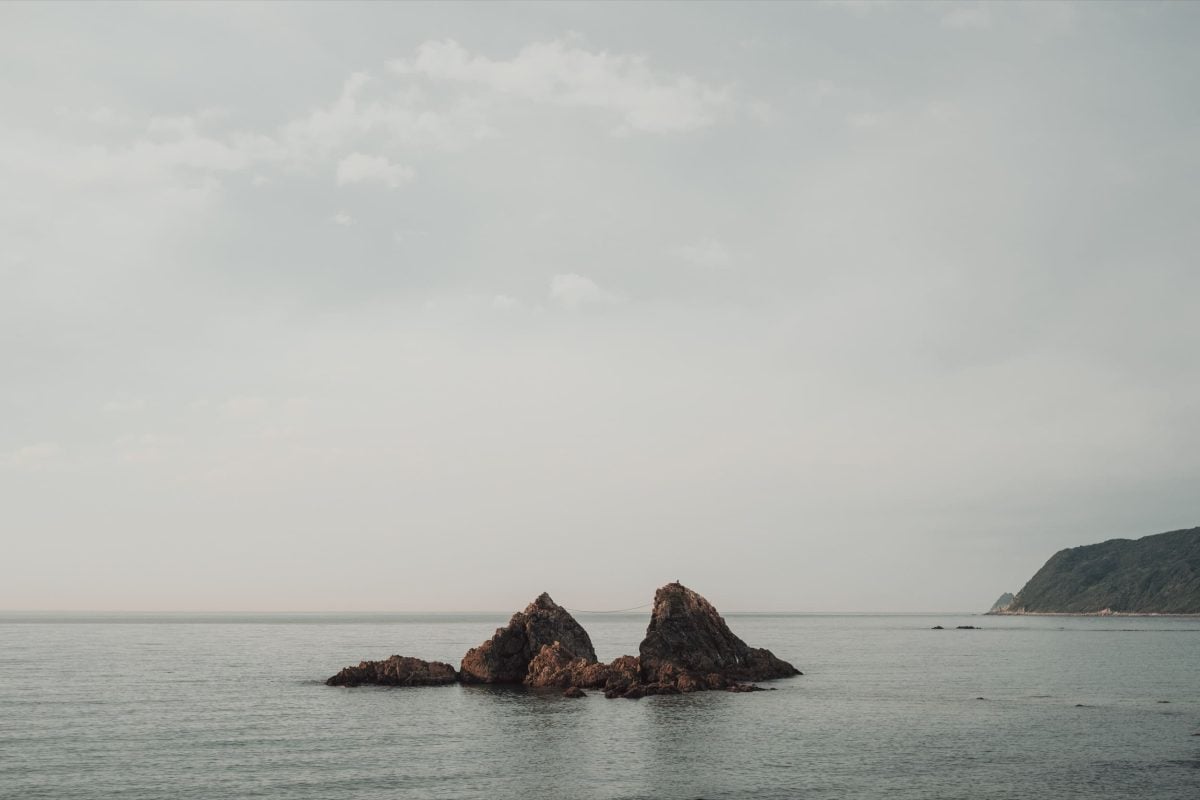
Where the Pergear 35mm f1.6 Fits In All Of This
The Pergear 35mm f1.6 as mentioned gives you a more classic rendering. It’s ultimately a slightly more refined version optically than the Meike 35mm f1.7, slightly faster with a prettier, maybe nicer build. In my opinion anyway. I know some people who like the Meike more.
The TTArtisan lenses generally are more suited to be used in a variety of situations (it seems like they have nicer coatings ), but when you use the Pergear lenses in the right situation, and all the lighting and everything just clicks, you can’t beat the look. For something like videography or filmmaking, where I need more predictable performance, I would probably choose a TTArtisans 35mm f1.4 over this lens, even though it’s a clickable aperture, simply because it produces more consistent results.
Why not buy an f0.95 lens and just stop down to f1.6? Isn’t that better?
Since there are so many 35mm APS-C lenses out there now, can’t you just buy a more expensive f0.95 lens and then have something great for anything?
When shooting manually, I like to be somewhere between f1.4 and f2 with APS-C. Faster is cool, too, but I don’t find it as useful for casual use on a 35mm with manual focus. If you’re a portrait photographer or doing something specific, your needs will be different.
I’d rather have a lens built specifically for the aperture I like shooting at rather than taking a lens like a 35mm f1.2 or 35mm f0.95 designed to shoot at those wide-open apertures and stopping them down. Those lenses end up being more optically complicated than they need to be for shooting at slower apertures and often you get the worst-looking bokeh and tonal detail by doing that.
Very smooth bokeh with a nice falloff.
Why Is This Lens Low Budget?
If you compare a TTartisan a Meike or 7Artisans to something like a Voigtlander, it’s not always obvious that there is a huge difference with build quality or even image quality. Pergear, TTartisan, and 7Artisans all ship pretty good products these days.
There are still many more gems you’ll find in the Voigtlander or Zeiss lineups, I would imagine their designers likely have a lot more experience, maybe more patents, more connections. But that’s not to say these cheap lenses can’t do amazing things as well. I like the rendering of the Pergear 35mm f1.6. But the rendering isn’t where you’ll notice the huge difference; what you notice is the build quality after you own the lens for 2-3 years.
These cheaper lenses just don’t hold up if used frequently, and I’m okay with that.
Right now, my lens has turned into a bit of a mess. After about a year and a half, the chrome is flaking off. I tried to wipe it off with my thumb, and it gave me little paper cuts all over my thumb, which were annoying for a day while I waited for them to heal.
The front piece of metal that holds the front element in place is starting to screw loose, so I need to screw it back down from time to time to keep it in place.
Other than that, it still works. Optimally, it’s still great. Focus can be stiff if you accidentally press on the front barrel, but it renders beautifully. I still like shooting with it a lot.
So why buy these lenses if the builds are not great?
Because they’re great at what they are. They don’t always fall apart, and you can usually repair them pretty easily by just tightening up the outside screws. It’s just basic maintenance, which everyone should do on all their lenses anyway.
I tend to beat up my gear a bit more, especially this cheaper gear, because I buy these lenses for this reason. I can throw a lens on my old X-Pro2 and take to the beach, the mountains, the zoo, or whatever with my kids, and I don’t care if it gets dropped, banged, beat up, or hit. This lens has been dropped from about a foot on concrete. It landed right on the lens hood which acted as a shock absorber.
whereas if I’m shooting with my Voigtlander 35mm f1.7 Ultron, I’m always kind of nervous that I’m going to hurt it, which sort of keeps me from enjoying the moments of life.
Anyway, I shouldn’t have to explain to you why a sub-100 USD lens is useful. But it is important to know that you do get a lot of bang for your buck with these, and these can get the job done if you need to get through a photography class, or cinematography class, or something and don’t want to buy a 900 USD lens.
You can see some flaring hitting along the edges here with that strong backlight. That’s usually where the flaring likes to manifest itself.
Pergear 35mm f1.6 Review | Technical Overview
I don’t want to go too nit-picky into the technicals of a lens that has been designed to produce a classic-style rendering. This type of lens is about the look, but the technical details to have so you can predict the lens’s behavior a little and learn its strengths and weaknesses.
Sharpness Chart
Corner-to-corner sharpness with the Pergear 35mm f1.6 is very impressive for the price of this lens, considering it only uses 6 elements. It’s a solid performer overall, even wide open and even in the corners.
Center Sharpness
The Center’s Sharpness is very impressive. The Pergear lenses have been great, and most of them have very good center sharpness.
Mid-Frame Sharpness
The midframe is also performing pretty well, even when wide open. You can see it’s a little softer at f1.6 and f2, then snaps into a crisper rendering at f2.8.
Edge Sharpness
The edges are performing well. There are no issues with smudging, and there are no serious issues with strange ghosting aberrations.
Here, you can see it’s sharpest at around f5.6.
Corner Sharpness
Again, the corners are impressive. You can see it’s a little darker at f1.6 and f2 due to the vignetting, with slightly less detail compared to f4-f5.6.
Sharpness Drops Off Slightly At Close Distances
Most modern lenses are correct for the spherical aberrations that cause the softness at close distances, but classic or lower-budget lenses will still soften up a little with close details.
This is good and bad; it’s good in that the depth of field gets very shallow at close distances, so the reduction in sharpness is nice for reducing the emphasis on that pinpoint detail from the shallow depth, which brings attention to the lens and technology behind the image causing comments like “that’s a cool photo, you must have a nice lens”. This lens will soften up a little close distance, which helps hide the exact point of focus. This helps viewers to just take the image in without paying any attention to the technology involved with taking the image.
Here, you can see I hit the focus on her hair just in front of her eyes, but it doesn’t feel wrong, or that focus was missed, so lenses that aren’t too sharp can be an advantage sometimes with manual focus lenses that are very shallow.
Look at the tonal detail of her skin tones, too. You just cannot get this with modern high-element lenses. For this reason, I love the high micro-contrast lenses for photographing kids.
Vignetting
Some vignetting at f1.6 and f2. It’s pretty noticeable when shooting against a uniform background, but I wouldn’t consider it severe for a lens this small.
Here is the corner chart again so you can see how the vignetting plays. Not really anything bad.
Distortion
Some noticeable barrel distortion. It’s fairly uniform so very easy to fix. You’ll notice a slight bend in your horizons, or with straight lines which pushes a little harder when closer to the corners and edges.
Art & Character
As mentioned, this is a classic lens, so it does some interesting things that are fun to talk about. Tonally, it’s a very punchy lens; bokeh is smooth and nothing really special like soap bubbles or any crazy swirl. It just does that classic thing where the center of the image feels like it has a deeper depth than the edges, which will pull you into the image uniquely.
Bokeh Samples
There is a ton of character with the bokeh of this lens. It has a pretty significant swirl in certain situations that can get aggressive towards the edges and corners.
Very Soft, Rich Bokeh
The bokeh of this lens also renders very vibrant colors but is creamy smooth. It’s not milky or washed out like some more modern lenses. It keeps the colors and the punch.
Butter.
Bottom Line | Should You Buy This Lens?
I have many 35mm APS-C / 50mm equivalent lenses now. This one stands out for sure. It’s a great classic lens with a unique rendering without any glaring issues. Sure, there is some vignetting and distortion, but these issues can easily be fixed digitally.
I also really like the look and feel of using this lens. It’s fun and inspiring to use.
The lens is great in most situations, but if you do start to shoot with a strong backlight or glare it can cause some pretty aggressive flaring, so it’s not the best do-it-all lens.
Other Options
Meike 35mm f1.7 – I used to like this lens a lot, but I think the Pergear now is just a little more fun. Pergear images seem to have a little more contrast and vibrance, and I think maybe better coatings are needed. Also, the build of the Pergear 35mm f1.6 is more inspiring to me and is more fun to shoot with.
TTArtisan 35mm f1.4 is a very fun lens to shoot with. Compared to the Pergear 35mm f1.6, The TTArtisan gives you a more controlled image because of the flaring control, but artistically, the Pergear 35mm f1.6, in my eyes, just renders better.
It feels like TTartisan pushed this lens into being an f1.4 for marketing purposes, but they should have just redesigned it to perform well at f1.7. Pergear at f1.6 smokes it with corner-to-corner sharpness specs and distortion control. The redeeming qualities of the TTartisan are that the lens’s style is cool with a great build, the aperture is also clickable, and the lens is better at handling backlight and intense lighting vs. the Pergear.
7Artisan 35mm f1.2 – For the old one, don’t bother; the Pergear 35mm f1.2 is so much better. There is a new 7Artisan 35mm f1.2 that I haven’t tried out yet, partly because the build looks very uninspiring. – 7Artisan 35mm f1.2 Review
Neewer 35mm f1.2 – Don’t bother. I didn’t even bother reviewing it, it’s super cheap though.
Pergear 35mm f1.2 – For the price, this is the most interesting 35mm f1.2. It produces a very artistic look with great smooth bokeh and warm flaring. I don’t love that lens for day-to-day use since the rendering overall is pretty wild. – Pergear 35mm f1.2 Review
Mitakon 35mm f0.95 – This lens is just ok. I know people get excited about f0.95. Although sharp in the center, the corners and edges aren’t great; images lack punch. – Mitakon 35mm f0.95 II Review
It’s just a super shallow-depth lens that uses way too many exotic plastic elements. Kind of a gimmick.
With f0.95, I never feel like I really need or can fully take advantage of manual focus, but it’s cool for some very specific things like flower photography.
7Artisan 35mm f0.95 – I ordered this lens to my California address, but can’t go out there right now.
Rokinon 35mm f1.2 – It’s a solid lens, but I never completed a review of it because there just isn’t a lot of interest in it. But the Rokinon APS-C lenses are fantastic. Their build quality with the plastic construction is just very uninspiring, but their performance today just about matches what you get from the Fujinon equivalents. You won’t find a better 35mm f1.2 APS-C lens right now; it’s just a little expensive.
Kipon 40mm f0.85 – A very interesting lens with some significant limitations. The rendering is fantastic, very nice bokeh. The build is very high quality. Very sharp all around, you just have to be very careful where you use this lens since it produces a lot of CA. It’s a night lens or low-light lens. Keep it away from bright lights. It’s also big and heavy. – Kipon 40mm f0.85 II Review
Kipon 35mm f2.4—This is a slower lens with a nice focus falloff. Overall, the performance is pretty good—not stellar—but the rendering is very nice. I like this for a slower lens. There is some wiggle in the build, which has never been a problem. I use this lens a lot on full-frame because I like the rendering. – Kipon 35mm f2.4 Review
See more micro four-thirds lenses, Fujifilm third-party Lenses, or Sony APS-C Lenses by Pergear.
Pergear 35mm f1.6 Sample Photos
Here are my presets. We are on version 3.0 now. The download includes v1, v2, and v3, so you can always go back to v1 to find the older looks if you like.
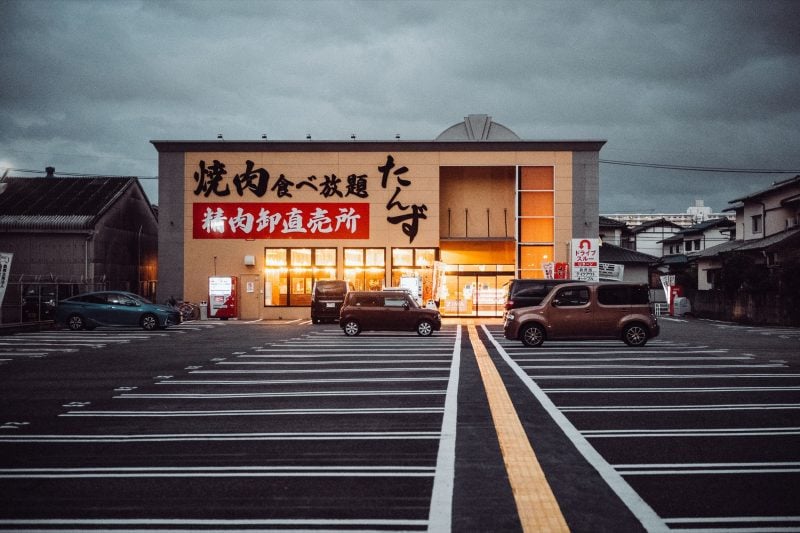
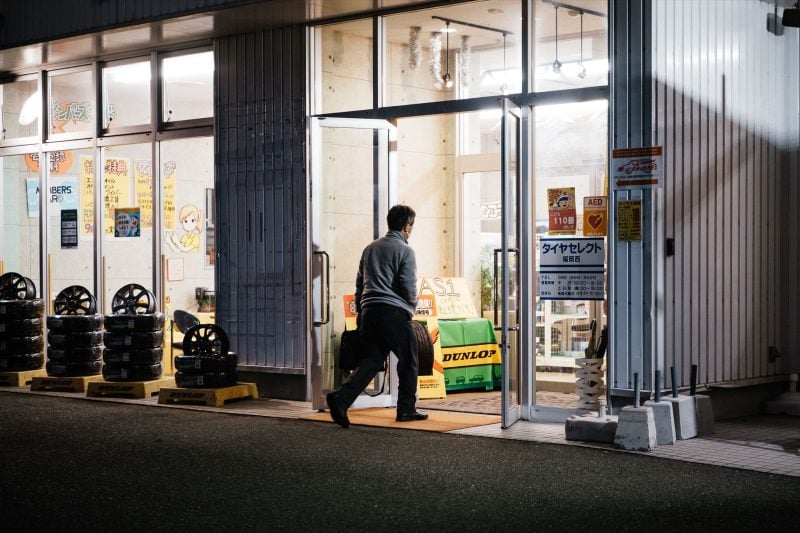







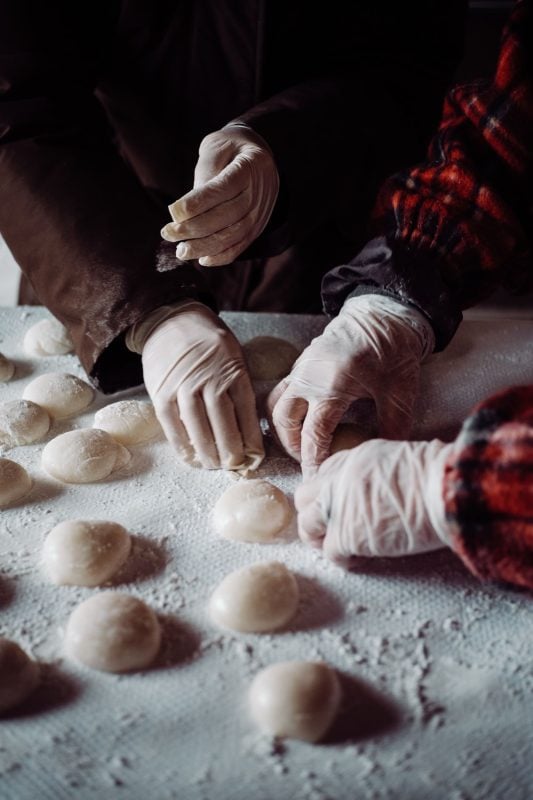
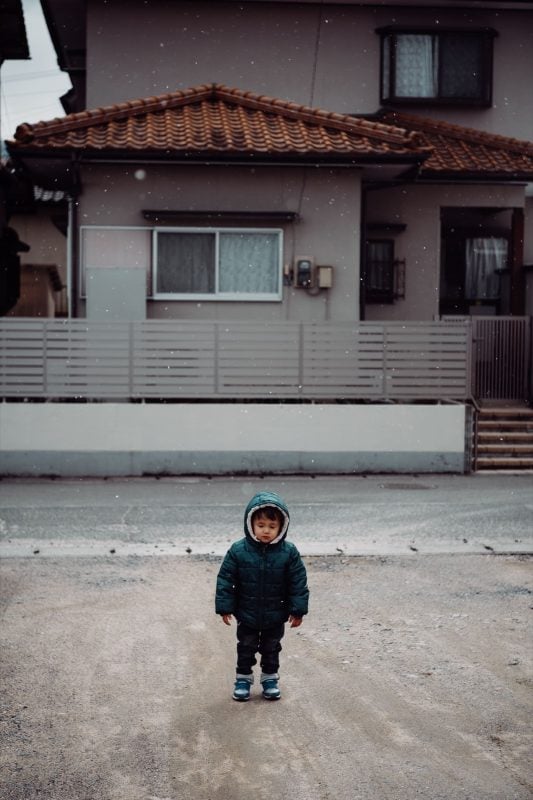
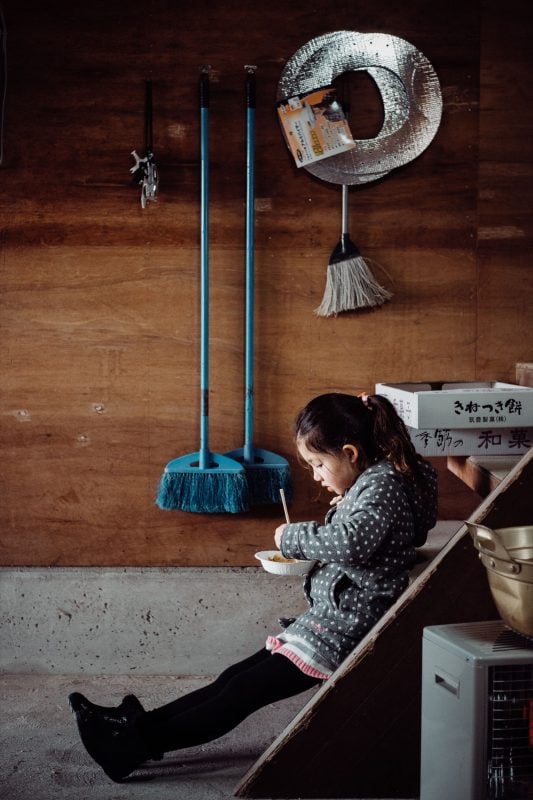
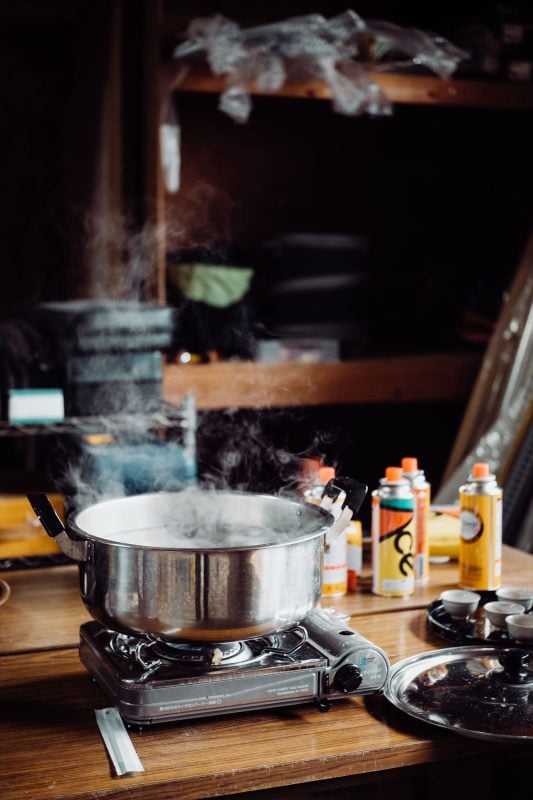
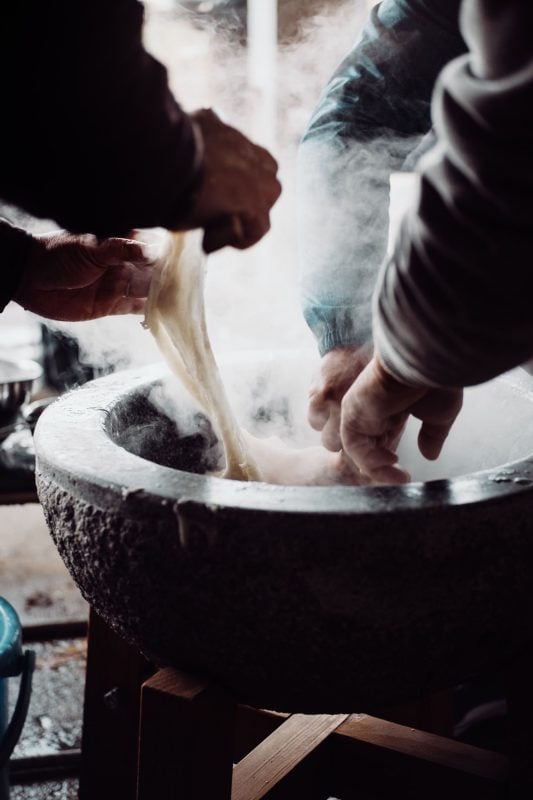
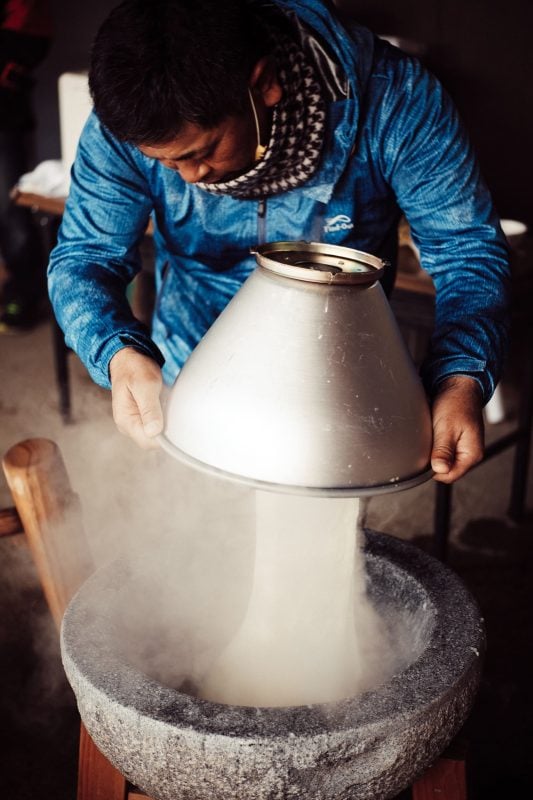
| **This website contains affiliate links. We will earn a small commission on purchases made through these links. Some of the links used in these articles will direct you to Amazon. As an Amazon Associate, I earn from qualifying purchases. |

